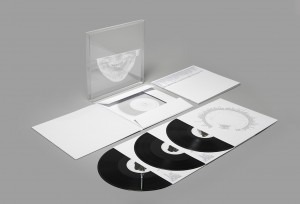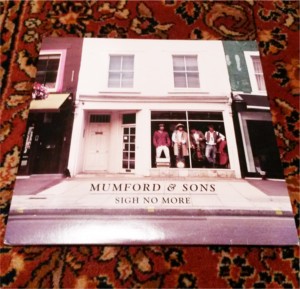Robin Thicke and Copyright
Blurred Lines
Copyright infringement has been a consistently hot topic as the line of intellectual property continues to blur. It is seen in television plot themes, musical licks and graphic imagery. There is a fine line between inspiration and outright duplication so there is a struggle for artists to adapt while remaining original. Often times where the most noticeable “barrowing” is seen in music.
The recent case of Robin Thicke versus Marvin Gaye is intriguing because while there are very strong similarities between the two songs, this case argued the “feeling” of the work is what was copied. Yes, the bass line and drum beat do share strong similarities, but this similarity is nothing close to the level of copyright infringement that has been seen in many other cases. Robin Thicke was found guilty in this case, and was slapped with a heavy fine for the copyright of Gaye’s song.
Duplicating song drum beats, bass lines and alike is not uncommon territory for musicians. Looking at previous examples, the song “Ice, Ice, Baby” by Vanilla Ice received no fines for its blatant copying of Queen and David Bowie’s “Under Pressure.” In this instance, the similarities were so noticeable that the general population was able to pick up on them with little guidance.
Today sampling older tracks within new music, specifically in rap songs, is incredibly common. Generally, in order to obtain the right to use these samples, rap artists ask for the rights from the other artist to feature the song within their new work. Individuals famous for regularly practicing this sampling are Kanye West, Eminem and Sammy Adams. While West’s style of sampling is much more blatant, using definitive sections of the song right in his own, however Eminem approaches the duplication in a much more subtle way, taking the general melody of “The Stroke” by Billy Squire and pulling it into his recent track “Berserk.” In this case (despite even using some of the same rhyme schemes, and lyrics) Eminem did NOT inform Squire prior to his use, however Squire was quoted saying that he was flattered and really enjoyed the adaption.
Copyright issues run rampant in the music scene, artists often take inspiration and style from one another in order to advance the state of popular music as a whole. Bringing back classic music and putting old songs and styles on a stage in a new music scene is something that has the possibility to enrich and culture young music fans.


